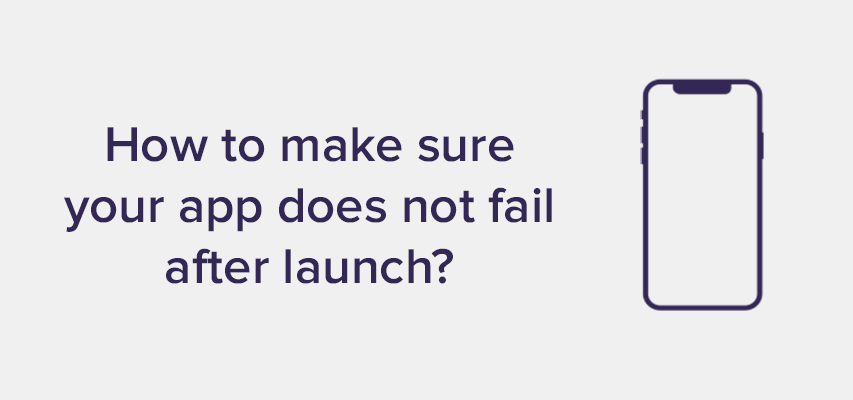In Putting Your Idea on Paper we talked about refining and explicating your idea. Now that you have a better idea of your app, its strengths, and its features, it is time to think about your target market. This is important to do before you finish honing your idea, because your conclusions about who you target might affect the way you develop the app and have implications for the features you include or exclude in it. Target market can also influence the way you bring your app to market. Simply put, you need to understand who your app is for and how these people will use it before you start coding. At the same time, you should be ready to listen to the market once your app rolls out. If you target your app towards a certain demographic and find that it is most popular with an entirely different one, take that feedback and act on it! Current customers are the best indication of who you should target.
Why can’t you target everyone?
Certain features of your app might not be relevant to the group of people who are actually downloading it, and trying to appeal to too many people will leave you with a bloated app that people do not enjoy using. Plus, identifying and narrowing your target market is also one of the main ways a startup can compete with bigger businesses. To build an app business that will thrive longterm, you have to focus on market segments and niches that other companies may be overlooking. For example, Instagram did not get its $35 million valuations by trying to become the next Facebook. Instead, Instagram benefitted by focusing on the photo niche in a way that Facebook and other larger social media sites did not (and could not!). Often, you will find that, as a small business, you have an advantage over larger businesses in certain niches because you can target groups of people that are left out by bigger companies’ focus on broad appeal. There are plenty of reasons why identifying a target market for your app is a good idea so how do you do it?
Let’s break it down into two phases.
- Prelaunch
- Postlaunch
Prelaunch
Before you bring your product to market, you do not have the option to look towards existing customers for insights into your target market. You have to start by looking at your product itself and making an educated guess about who would use it. Here, it is helpful to consider who else has your problem, and who would buy an app to solve it. Start big and broad, then narrow it down.
- Who deals with the problem that your app solves? These people are the start of your target market.
- Who deals with the problem your app solves and has a smartphone? Getting closer.
- Who deals with your problem, has a smartphone, and searches for solutions to their daily problems with their smartphone?
While you can do it all as a thought experiment, any empirical research you have is tremendously helpful. Check out our article on market research [hyperlink here]. It is valuable to do research on demographics for your target market, to look into where they are concentrated geographically, and most importantly, what type of phones they have. If the only group that experiences your problem is composed almost entirely of Android users, it probably makes the most sense to launch with Android and roll out an iOS version later on. But this research can also affect your app itself.
You can alter your design user experience with statistics about your target market in mind. For example, you may decide to change the color scheme or add animations according to the age and gender of your main demographic. If the app has a lot of middle-aged users, maybe you should increase the size of the letters and buttons. If kids use it, add a lot of cool animations! There are so many ways this market research can change how you make your app, and how you release it, so don’t skimp out in the prelaunch phase!
Postlaunch
Once your app is in the app store and you start getting users, you have a great resource for identifying your target market. You should be using some type of analytics software, which will give you information about user behavior. That, coupled with customer feedback, will help you determine what kind of people use your product, which of those people really like your product, and what they like about it. Unlike the prelaunch stage, there is no guesswork required here, as you have real, live users to look at. However, even though you have better tools, a lot of the same reasoning still applies. Using the information that only becomes available postlaunch, you can determine what is working and what is not, and make better educated guesses about how to appeal to users.
In these two phases, you should narrow down a target market into your prelaunch market, and your postlaunch market. These may be different or may be nearly the same. But once you figure it out, it is time to move on to market research and start making your niche work for you.




